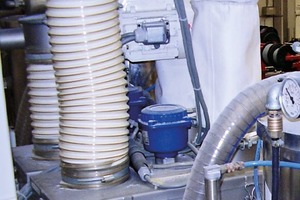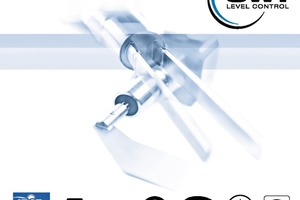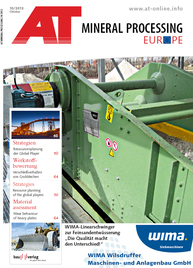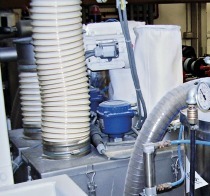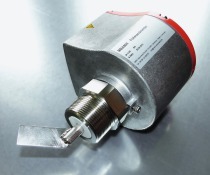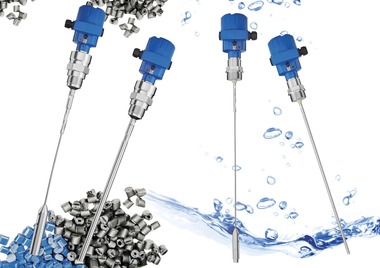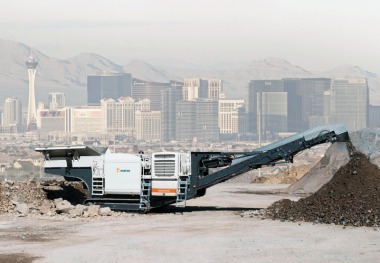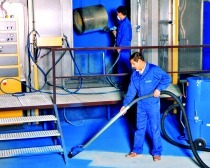Play it safe
The approvals for explosion protection has always been an explosive issue. The diversity of the topic, due to legal changes, new technologies, new research and industry associations mean that the issue is always open for questioning by experts. However, we all agree on one point. And that is that every effort must be made to ensure the safety of life and limb (Fig. 1). Silo engineers who avoid using certified level indicators and level switches place everyone involved in this industry at risk – even at an international level.
The IEC 60079 series of standards is used as the basis for the testing of explosion protected equipment. The current protection for all types of standard IEC 60069-0 is supplemented by additional standards for specific types of protection, eg IEC 60079-31 for the type of “housing”. An advantage is that these testing principles form a basis for the issuance of both ATEX and IEC-Ex examination certificates. Also other countries recognise IEC-Ex reports for the compilation of country-specific approvals, such as CSA. The trend to harmonise the level of testing is therefore already underway, although further country-specific certificates are required. The IEC 60079 series of standards is currently the latest. Devices tested to meet these standards today are a safe investment for future requirements.
Bulk and solid materials are constantly on the move – whether during the filling, discharging, or handling processes. The dust becomes a property at high risk of ignition and explosion when in a closed environment. In DustEx areas, level indicators with housing protection ‘t’ are essential. Their design is based on the fact that no ignitable dust enters the interior of the device; should this protection not be in place, an explosion could occur via the unprotected network circuits which may generate excessive heat or ignitable sparks. The design of the measuring devices now include feature of being shock resistant – a major challenge particularly within the plastics industry. Compared to previous standards, the requirements for IEC 60 069 are far more stringent. This has a bearing, for example on the plastic housing and the age-testing of seals within ATEX zone 22 environments. The devices must pass these tests.
All devices within UWT ROTONIVO® rotary paddle switch series and the VIBRANIVO® fork sensors meet these rigorous standards. Therefore, they can be used within hazardous dust zones 20/21 (Fig. 2).
When used in Gas Ex areas or combined dust and gas hazardous areas (eg outgassing bulk goods), the device must meet the protection requirements for dust and also those for gas. An option is the design factor “Intrinsic Safety (i)” whereby all circuits are power limited, and therefore cannot cause ignition. Here, the power and signal cable is routed intrinsically safe for hazardous areas. This ensures the device is safe to use in gas Ex zone 0, combined with hazardous dust zones 20 or 20/21. The VIBRANIVO® vibrating sensor range is available in this format.
Another option is to supplement the safety measures with a “flameproof enclosure (d)”, in which any internal explosion triggered within the device will be contained within the housing. In this case, the on-site wiring must not be intrinsically safe and can either be flameproof gland inserted directly into the flameproof enclosure, or easily via standard cable glands in a terminal box of the type of protection “Increased safety (e)”. Both variants are available in the UWT series ROTONIVO® and VIBRANIVO®, and thus cover the gas Ex zone 1, combined with hazardous dust zones 20/21, off.
The UWT ROTONIVO® and VIBRANIVO® series carry also the approvals required in the North American, Canadian and the Eastern European resp. Russian market (Fig. 3), with own certificates amended.


